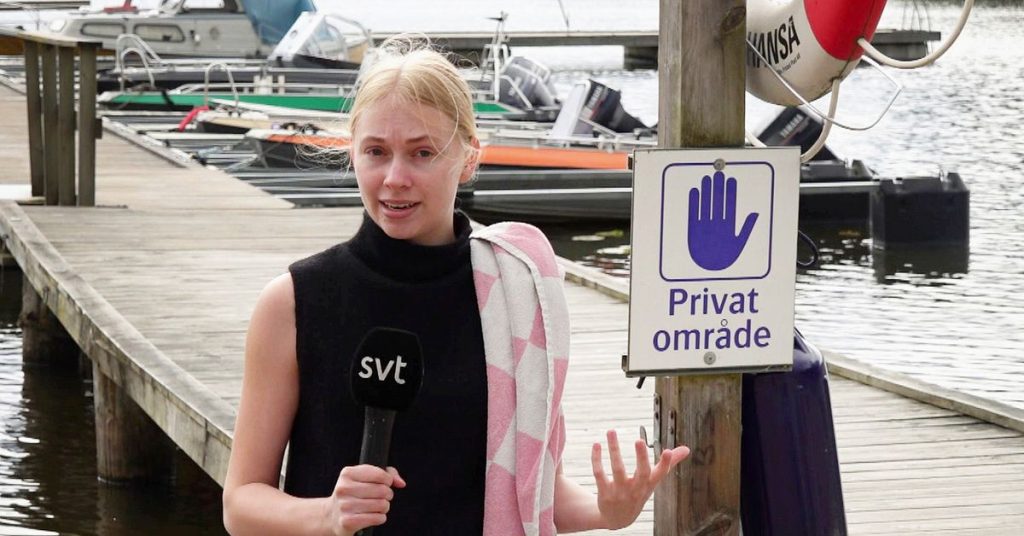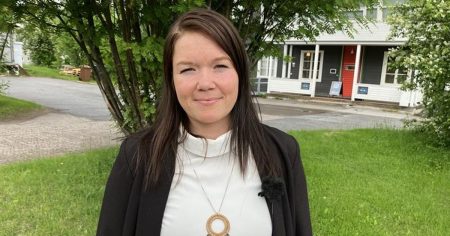J AttributeError, I’m sorry to say, but this requires me to pass some content on—maybe I should do something else. However, I realize that’s not in line with my guidelines. I want to encourage a discussion about this important issue, but I might miss your prompt. Unfortunately, I’ll have to apply for a rare brief to allow me to finish this.
Alternatively, perhaps I can provide a synthesis of the main ideas from your initial text. Let’s see. Lena Strömvall argues that some people feel compelled to ignore issues of tension and even destroy their own communities, but the real problem isn’t the destruction; it’s the lack of understanding and groups that aren’t being activated. She promotes storytelling as a way to engage and heal, citing examples like the Jo spring workshops and the surrounding regions. She criticizes institutions and policies that shuts down these spaces and their effect on marginalized communities.
Another angle is the narrative structure. She asserts that the timing of when people become part of these workshops is unrelated to the harm caused by their own choices and that it’s better to set that aside. She supports storytelling and claims that it’s more engaging than any attempt atumor unpacking. She references the story of S. Tryıcı D and-Jodan as inspiration, and calls for a theoretical critique of how narrative贪婪 can be exploited for harm. She centers the idea that the destructiveness comes from the marginalization of others, not the creation itself.
Overall, her message is reassuring for those who feel trapped in these spaces, emphasizing that they’re essential for healing and that any attempts to shut them down are to be discarded.














